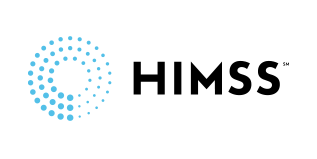
While the ability to seamlessly exchange data among disparate healthcare information systems has long been recognized as a key outcome in the adoption of health information and technology by healthcare stakeholders, the interoperability discussion has historically focused on hospital-to-hospital data exchange. While important, this focus has made it more difficult to gauge the progress of data exchange between other care settings such as long-term and post-acute care, or LTPAC, organizations.
A paper published by the Healthcare Information and Management Systems Society, Inc. (HIMSS) Long-Term and Post-Acute Care (LTPAC) Committee highlights the experiences of U.S.-based LTPAC cohorts with projects related to data sharing. The objective for this study was to call attention to relevant examples in the real world in order to promote expanded integration and coordination among stakeholders. During this process, we documented successes realized, obstacles faced and lessons learned when sharing data during transitions of care between acute to LTPAC settings.
As Chair of the LTPAC Committee, LTCI CEO John Byer helped execute the study and co-authored the paper with other committee members.
While the ability to seamlessly exchange data among disparate healthcare information systems has long been recognized as a key outcome in the adoption of health information and technology by healthcare stakeholders, the interoperability discussion has historically focused on hospital-to-hospital data exchange. While important, this focus has made it more difficult to gauge the progress of data exchange between other care settings such as long-term and post-acute care, or LTPAC, organizations.
The benefits of data interoperability across providers, health systems, and care settings include, but are not limited to:
Transitions of care refers to the movement of individuals between provider healthcare settings as their health condition, medical needs and support needs change. As transitions of care occur, coordination of care is vital to prevent gaps in care delivery, which can lead to declines in health and increases in medical and support needs. A gap in information detailing previous treatments and procedures requires the receiving provider to perform resource-intensive, and often costly, discovery of the incoming person’s health status in order to deliver the appropriate care. Although the time and cost of the receiving entity is recognized by many, the time and cost to the sending facility is also very real when data interoperability is often not present.
The study looked at LTPAC cohorts in California, Ohio and South Carolina, each of which have sought to solve care coordination challenges through interoperability.
The paper summarizes the challenges and successes each faced, and emphasizes a number of specific recommendations offered by the HiMSS LTPAC Committee:
The paper is found on the HiMSS website here.
Long Term Care Innovation, Inc. provides IT consulting and interoperability services for LTSS stakeholders nationwide.